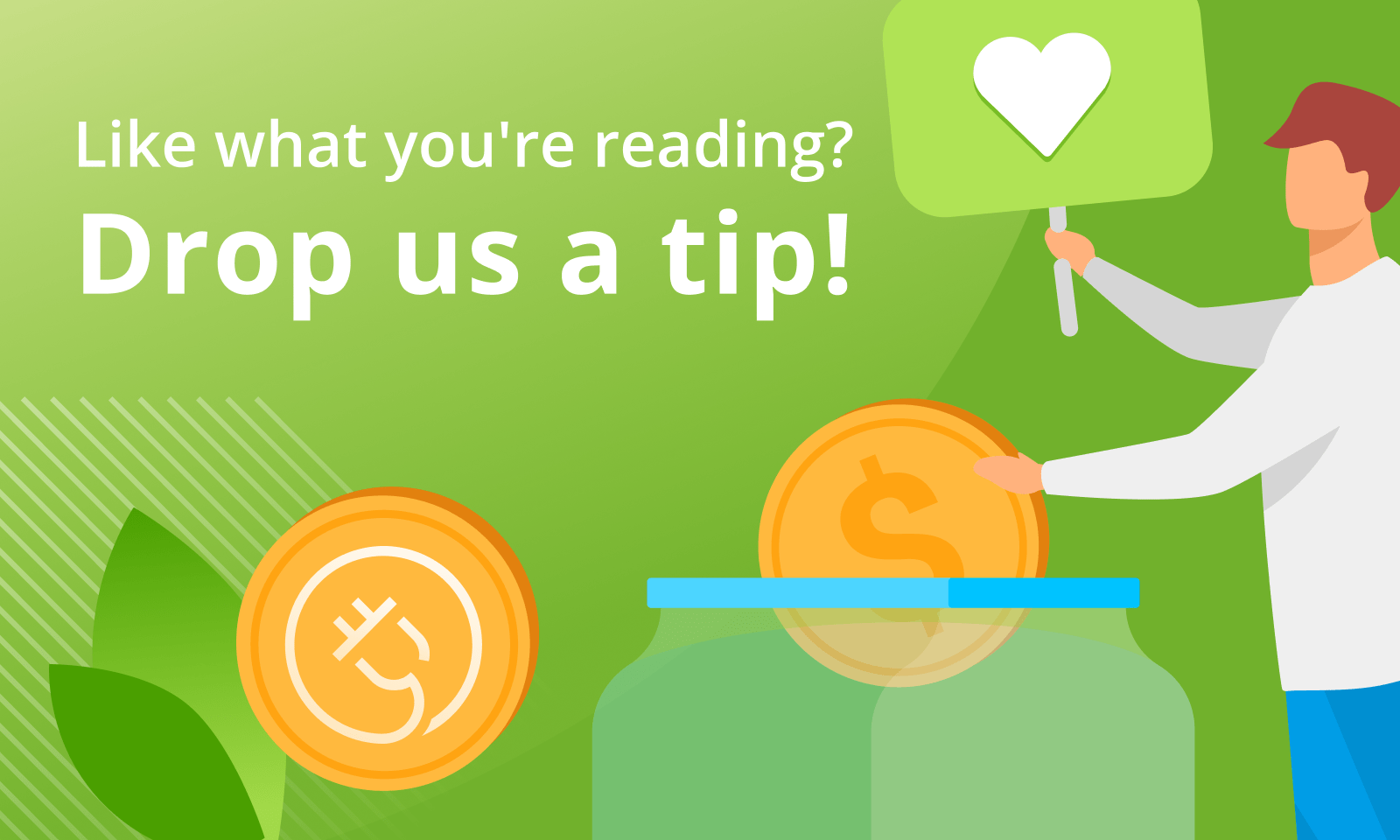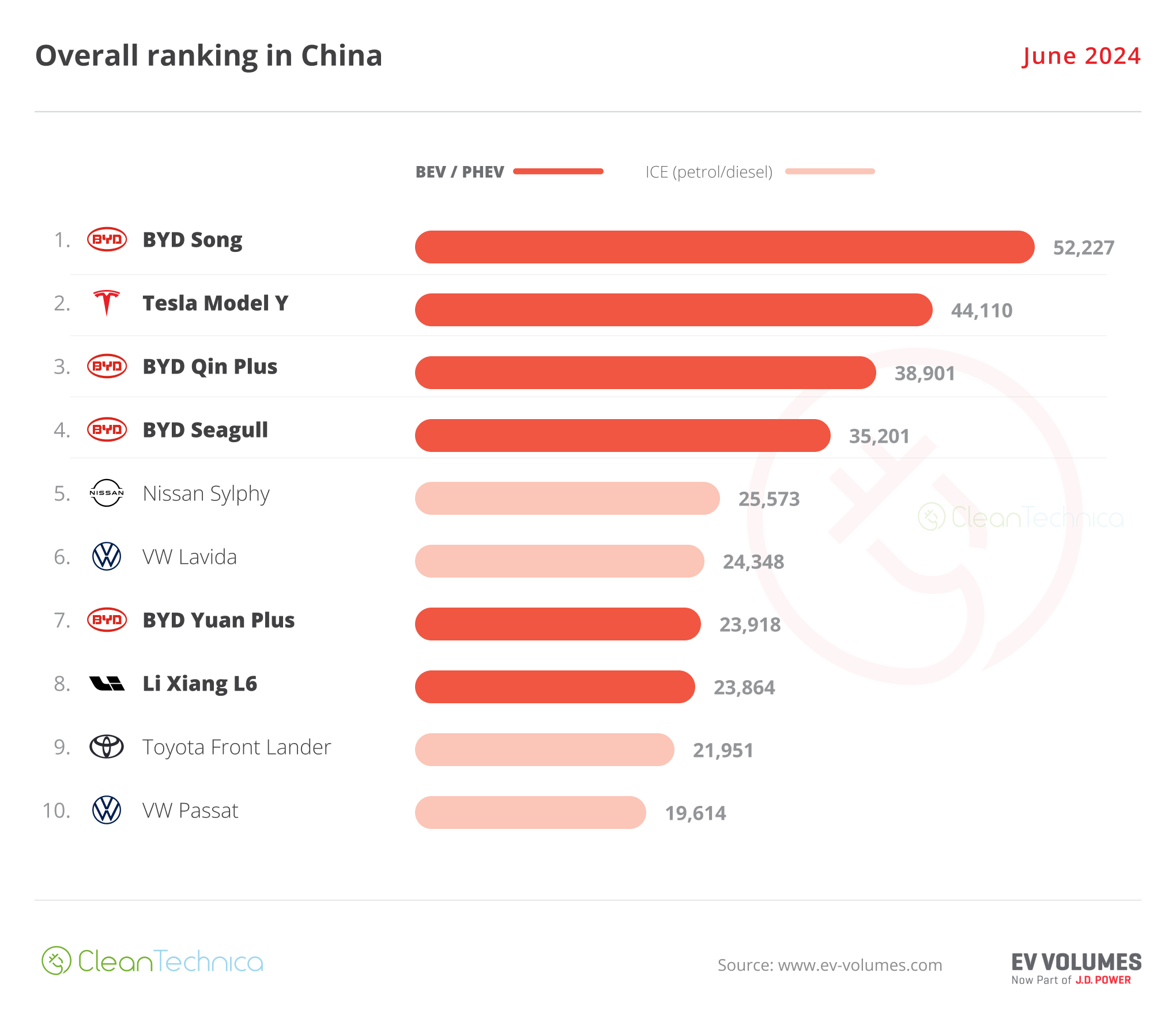Sign up for daily news updates from CleanTechnica on email. Or follow us on Google News!
It’s very nice that the Biden-Harris administration has decided that the US federal government will phase out purchases of single-use plastics. After all, the feds purchase more consumer goods than any other buyers in the world, and plastics seem to be in most consumer goods today. But will the feds make the next move and embrace unplastics? They’re not known to be as supple, robust, or vigorous as the current popular plastic materials which permeate our home shelves, but unplastic adoption could prevent a whole host of environmental problems.
The US government wants to reduce demand for disposable plastic items and help create a market for substitutes that are reusable, compostable, or more easily recyclable. As it should — for a beginning step. The US generates more plastic waste than any other country. The average US resident is accountable for almost 500 pounds of plastic waste a year.
But we must concede that recycling and other well-meaning programs are not solving the plastics catastrophe. Only about 9% of plastic collected through municipal solid-waste collection programs is recycled. We must find alternatives for plastics — once-and-for-all.
Global plastic production reached 400 million tons in 2022, with packaging and single-use plastics accounting for a substantial amount of this. The resulting waste ends up in landfills, incinerators, or the environment, contributing to environmental pollution. Plastic manufacturing releases planet-warming greenhouse gases and other dangerous pollutants.
The emphasis on curbing plastic use is a reflection of global acknowledgement that recycling or repurposing existing plastics just won’t work. Global plastic production rose nearly 230-fold between 1950 and 2019, to more than 400 million tons a year, and is expected to quadruple from current levels by 2050. An estimated 40% of that is single-use plastic, which makes up the bulk of the world’s plastic waste.
Still, if the US federal bank on single-use plastics takes hold, it will “have a global impact,” said Christy Leavitt, plastics campaign director at Oceana, an international advocacy organization dedicated to ocean conservation. “The US has been a laggard on national action to address plastic pollution,” she added. Today’s commitment, at least, “puts the federal government in the driver’s seat to tackle its own plastic use.”
Brenda Mallory, who heads the White House Council on Environmental Quality, explained that the changes would “require unprecedented action at every stage of the plastic life cycle.” However, in order for the eventual mass acceptance of unplastic materials to take place, some transitions need to become institutionalized.
- Replace some of our single-use plastics with truly compostable materials.
- Replace another chunk with reusable containers, like metal or glass.
- Tweak the economic incentives so plastic recycling actually works.
 Chip in a few dollars a month to help support independent cleantech coverage that helps to accelerate the cleantech revolution!
Chip in a few dollars a month to help support independent cleantech coverage that helps to accelerate the cleantech revolution!
Repeating Chains of Molecules Make Up Oil-Based, Dependable Plastics
Petroleum makes up the building blocks of plastic. Aren’t traditional, petroleum-based plastics a critical part of contemporary life?
Name as many products as you can in one minute that contain plastic. Go!
(Grocery bags, yoga pants, car tires, building materials, toys, medical products, food packaging, cigarette butts, wrapping paper, menstrual products, chewing gum, glitter, makeup, bandages, wet wipes, drink cartons, sea salt, kitchen sponges, tea bags, produce stickers, shaving cream, deodorant, envelopes… Whew!)
The chemistry of plastic is a transformation of oil turned solid, with carbon and hydrogen atoms that line up in repeating units to form long, noodle-like molecules. In simpler terms, plastics are polymers. A polymer is a substance made of many repeating units. The chain is made by joining, or polymerizing, at least 1,000 links together. These molecules are pliable and strong, so plastic is incredibly durable — so much so that a single plastic bag can break into micro pieces and last decades.
Rwanda and Kenya have adopted national bans on single-use plastic bags, and in 2022 Canada passed a ban on many types of single-use plastics, including hot-food takeout from major grocery chains. A fight over that ban is playing out in the courts. Within the US, only 12 states have adopted plastic bag bans, including California, Colorado, New Jersey, and New York.
The World Wildlife Fund has led a drive to limit plastic production and distribution, but Big Oil has been robust in opposition to such a Global Plastics Treaty — a set of legally binding and equitable global agreements that define the tangible steps and timelines necessary to change how we produce and consume high-risk plastic. Such an agreed-upon global treaty would include:
- phasing out all unnecessary plastic products that pose a high pollution risk, including single-use items and excessive packaging;
- establishing binding and specific design requirements for plastic products that lead to a decrease in plastic consumption; and,
- matching strong binding measures with ambitious mechanisms to enable effective implementation and a just transition, including robust technical and financial assistance.
Unplastic Solutions — So Far
Shifting to biodegradable and compostable plastics is increasingly being considered as an efficient waste-management alternative. Yet some biosourced polymes have a low biodegradation rate under home-compost and soil conditions. That means people’s expectations for how plastic behaves will have to change. Not every plastic bag derived from green chemistry should be perfectly flexible, overly tough, and indestructible.
Most of us have heard of bioplastics, which have created from sugarcane, corn, and more. To mass produce these, however, means to destroy soil quality and emit too much CO2.
Unplastic researchers often cite seaweed as a suitable solution. Unplastics from seaweed is composed of the plant’s poly-saccharides, long chains of carbohydrate molecules. A bag from this material can be thrown on a regular home composting heap, where it will decompose into an organic part of the soil. Seaweed regenerates quickly, has low carbon usage and requires low energy, no fertilizer, no arable land, and no fresh water. Seaweed farms even function as water filtration systems and provide habitat for biodiversity. Startups in Europe have been using seaweed as a base for take-out containers and water-filled rehydration gel balls, among other items. Seaweed is often used to give toothpastes and cosmetics their gluey texture.
Seaweed does have some downsides as a plastic substitute. If bioplastic is going to replace fashion industry polybags, for example, it also has to be stretchy. That’s an obstacle right now for researchers. Also, to make plastic sheets, manufacturers typically melt down plastic pellets, known as nurdles, and blow the resulting goop into a nearly 20′ high bag. But oil-based plastics melt readily; seaweed, in contrast, doesn’t respond well to heat. So there’s still work to be done.
But several innovators have found work-arounds for unplastic stability problems and have created viable alternatives to plastics.
Finnish design house Aivan has a pair of concept headphones they’ve called Korvaa, made almost entirely from microbe-grown natural materials. Yeast, fungus, bioplastics, and other natural materials were used to replace anything that they could in the electronics.
A research team based at Japan’s Kobe University has figured out how a humble microscopic form of algae can be induced to spit out D-lactate, a key building block for bioplastics.
Biome bioplastics has built on 20 years of development activity to produce a range of high-performance, plant-based bioplastics that are 100% biodegradable and compostable.
The Hemp Plastic Company is creating a a greener future with low-carbon-footprint, cost-effective, hemp-blended biocomposites and bioplastics.
Have a tip for CleanTechnica? Want to advertise? Want to suggest a guest for our CleanTech Talk podcast? Contact us here.
Latest CleanTechnica.TV Videos
CleanTechnica uses affiliate links. See our policy here.
CleanTechnica’s Comment Policy





